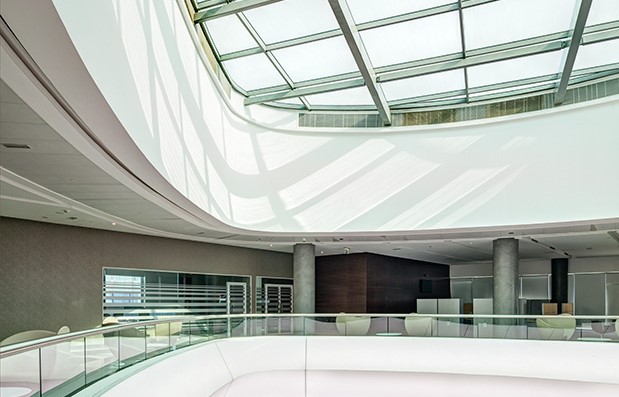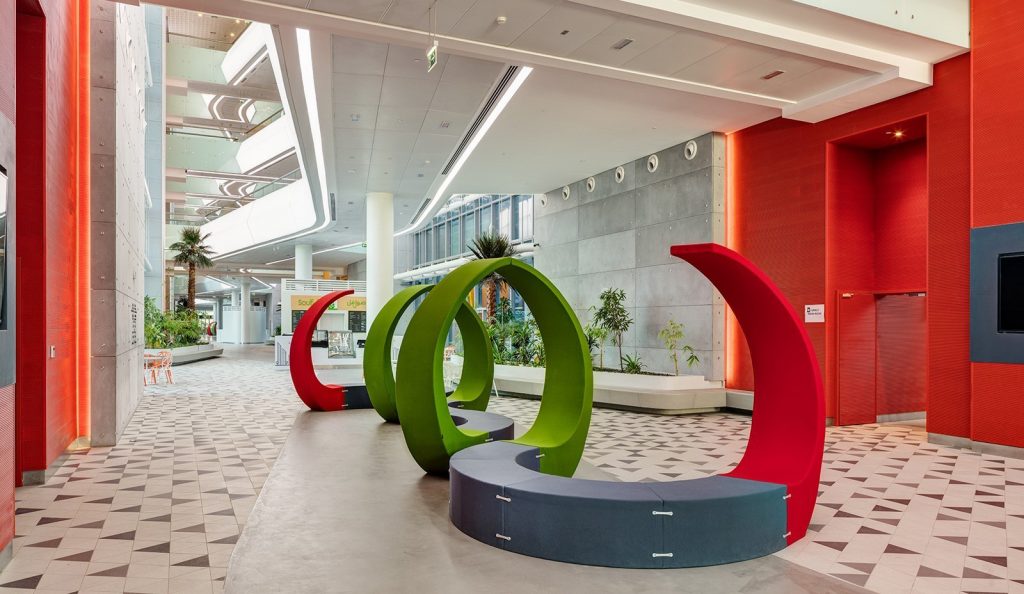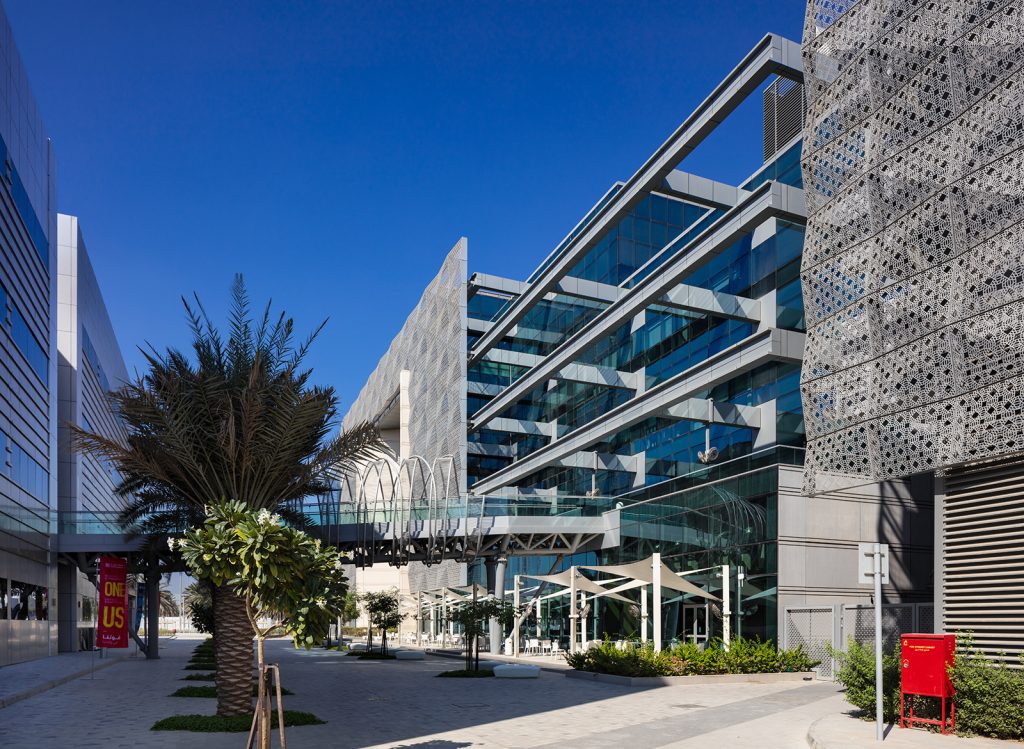12 October 2021
Gone are the cookie cutter designs of yesteryear. Progressive schools put students’ psychological needs at the fore, says RSP Dubai director Prabhanjan K
- The focus of modern schools has shifted from studying to collaboration and wellness.
- Architects are playing with ideas like open spaces, flexible furniture, and tech access.
- The new heart of a school is an energetic, social space for interaction and relaxation.
School curriculums have evolved over time, and so have the learning spaces to accommodate that evolution. From a mass teaching concept, educational pedagogy has evolved into inspiring engagement among students, and along with that comes the need for a new kind of school: one of energy and focus, that calls for a vastly different design from schools of the past.

Light, space and tech
In past decades, schools around the world adopted a linear teaching approach. This is reflected in the ultra-utilitarian, cookie-cutter design they share, with square classrooms and rows of desks facing the board.
But we have since realised there are better ways to foster productivity and focus attention. Designers are starting to consider the psychological needs of students and staff, reimagining classroom layouts to introduce fluid spaces and concepts such as stimulating colours, better acoustic treatment, and calming materials like wood. Designs are starting to make optimal use of natural light, nature views and open spaces to facilitate improved mental wellness.
For the modern generation of students, technology is also a form of accessibility that must be considered. Wifi provides constant access to information, as well as virtual platforms for interaction, while up-to-date technology gives all students the same learning resources. Interactive learning using the latest technology forms a big part of the new learning experience. As technology evolves, so should designs; spaces should be able to accommodate future tech developments and learning needs.

The new heart of a school
At school, students are in their formative years, and learning to regulate emotional behaviour, communication, and social skills. Therefore, beyond designing spaces that encourage studying, the heart of a modern school has evolved to be a shared space where interaction happens, and ideas are exchanged. It’s a space that is as important to learning as the typical classroom.
In Khalifa University, for example, the campus revolves around a central, social spine. Connecting various faculties are spaces where learning and co-curricular activities unfold, offering mobility, socialisation, and relaxation beneficial to students’ wellbeing.
But while encouraging activity is key to building a vibrant campus, also critical is the need to create quiet spaces to reflect and support students’ learning needs. To achieve a good balance, a map of the usage intensity of spaces, combined with a place-making exercise, should inform the campus design.

For the next generation
At times, we can forget how much architecture and space planning can influence user behaviour and outcomes. With schools, this design power can be harnessed to give students a learning advantage by creating conducive environments that aid both brain and character development.
For good designers that take that extra step, their efforts will, quite literally, leave a lasting impression on young minds for years to come.

Prabhanjan Kambadur
Director, RSP Dubai
The endless possibilities of creating well-rounded lifestyle experience excites Prabhanjan and have led him to helm many iconic mixed use, large-scale and complex projects through from design to delivery. With over 20 years of experience in master planning and architecture, he believes that our ideas and designs create built forms that last for many generations of people, and they play a key role in the journey of civilisation and evolution of our society.
Share




